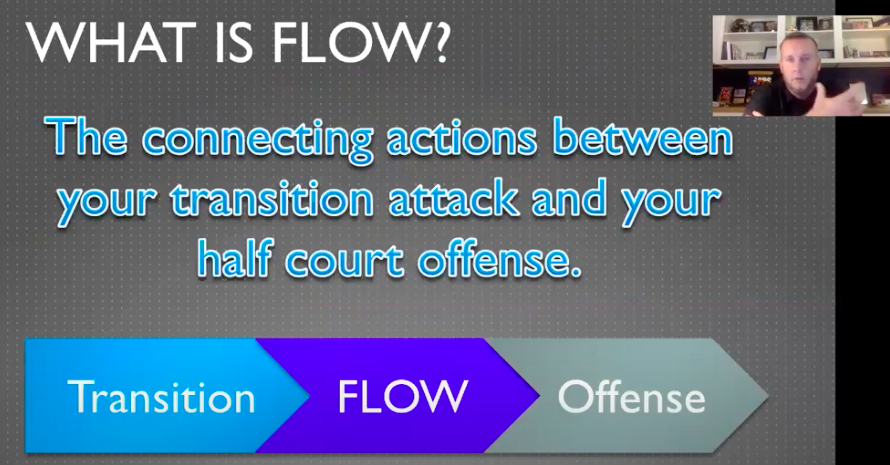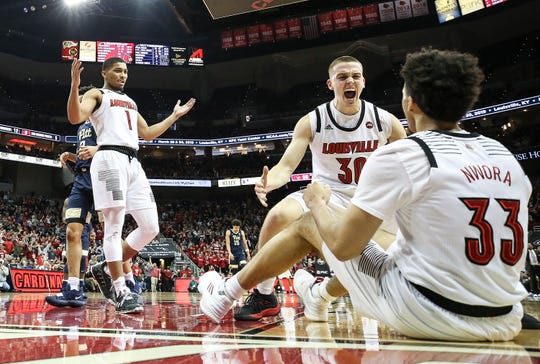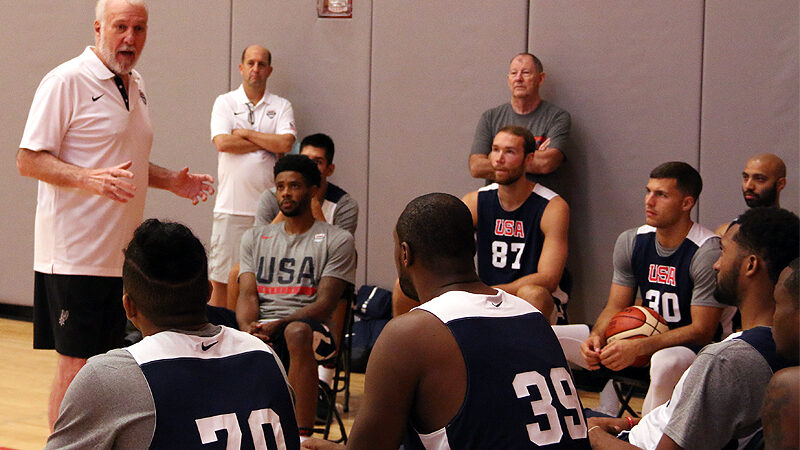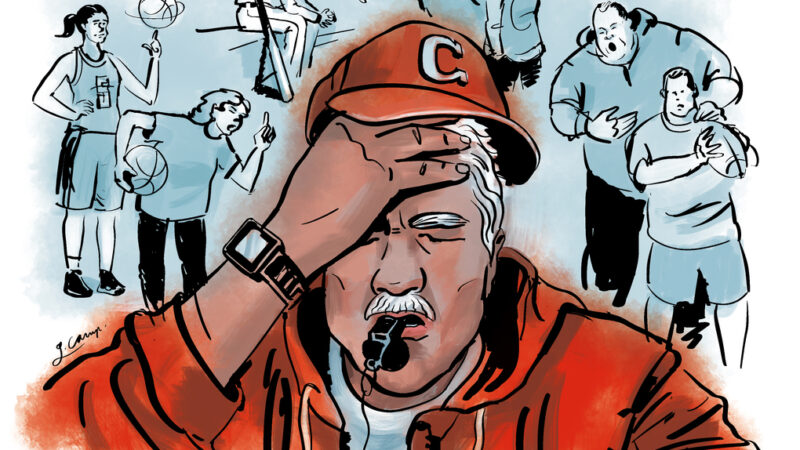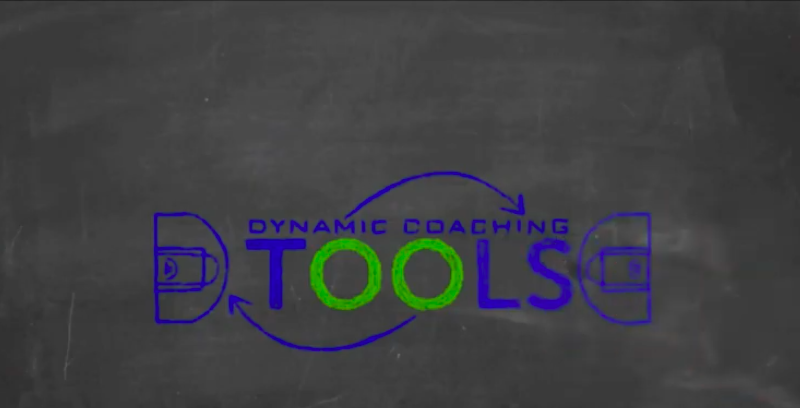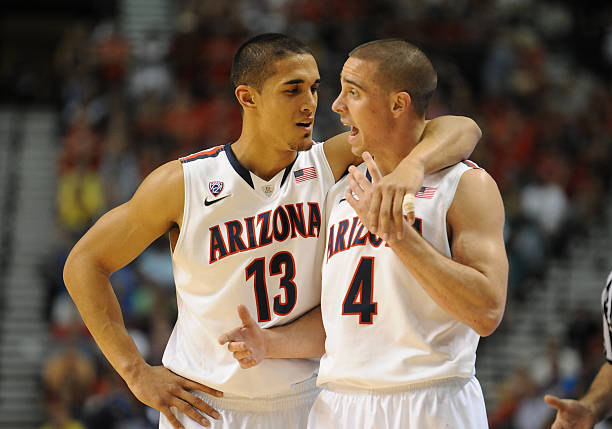Louisville WBB | Transition Offense
The Louisville women’s basketball team was one of the best transition teams in the Country. They scored 1.108 PPP, which put them among the Nation’s best. Below are a few of the reasons that they were so successful in transition.
- Wings sprint and get wide
- Rim Runner gets in front of the ball
- The point guard advances the ball (on a sprint dribble or pass)
- There is skill behind the ball | Trailer can shoot
The combination of the four factors above stretches the defense horizontally, but also vertically. As the wings and rim runner put pressure on the baseline/rim. The trailer puts pressure on the defense to also extend to the three point line. The other key is that Louisville’s guards do a great job of advancing the ball with tempo. They will attack off the dribble, but also show a willingness to throw the ball ahead. Below is a video of some of the different ways that Louisville scores in transition.




